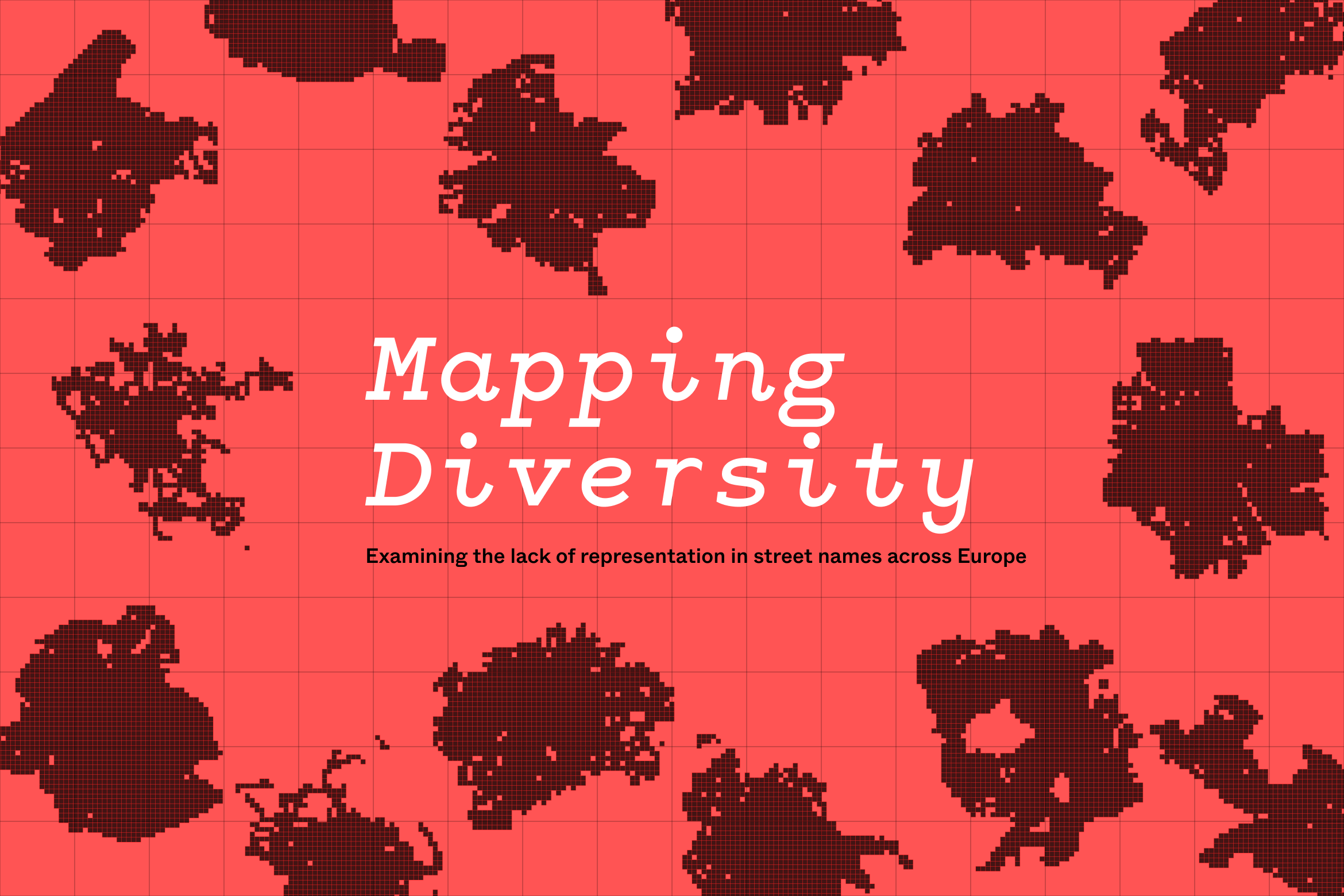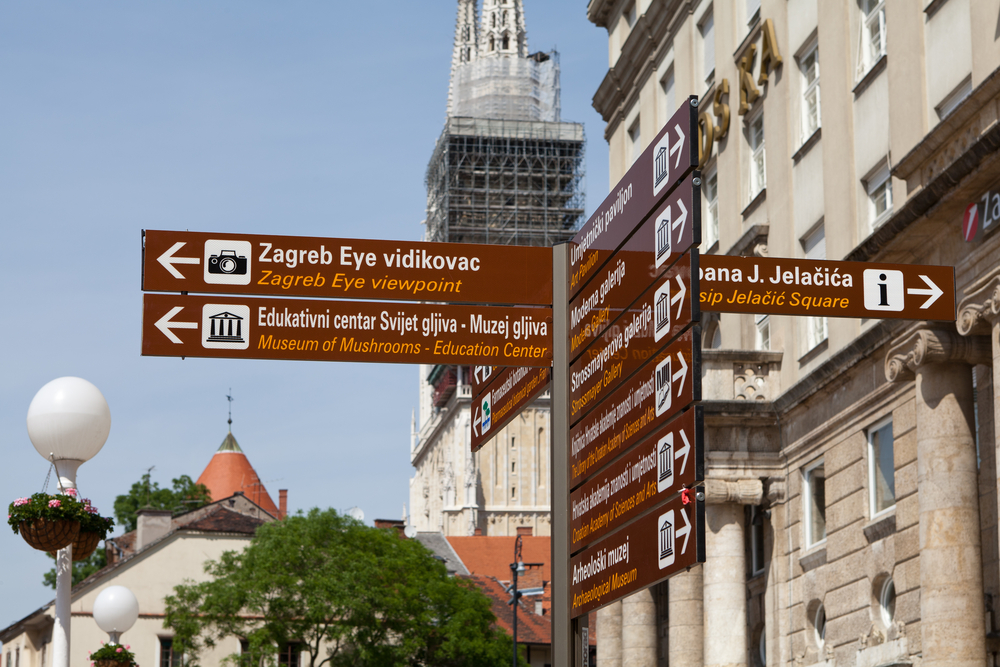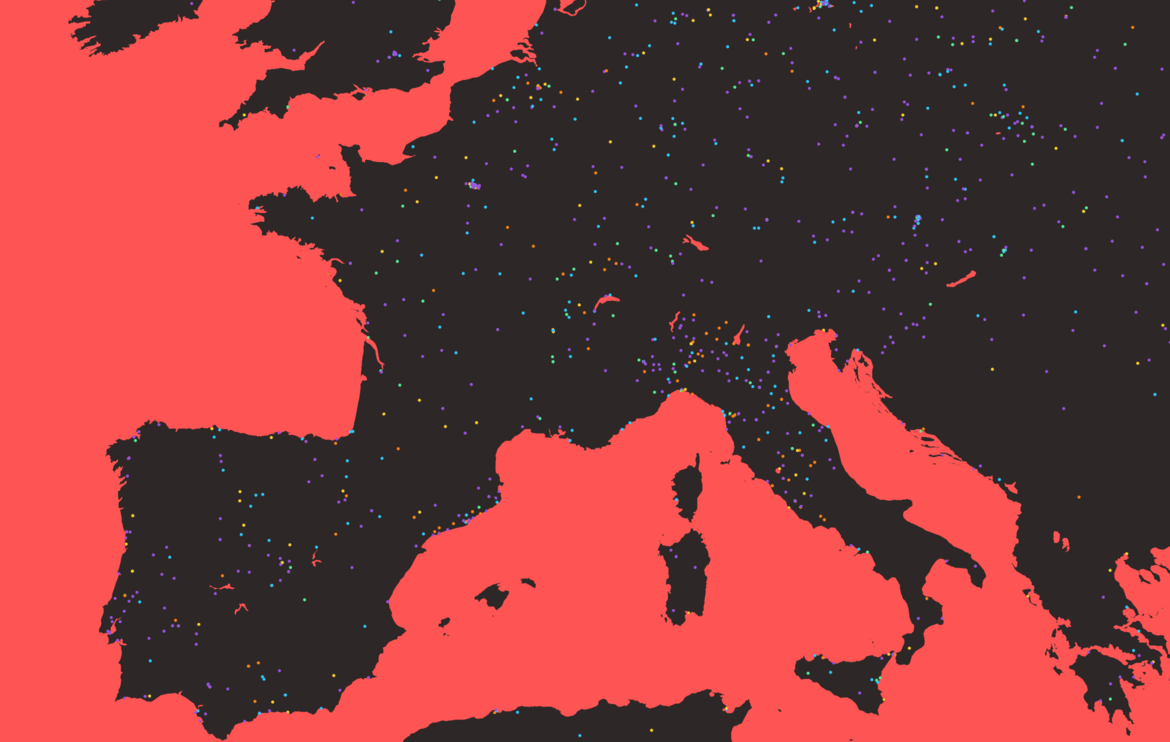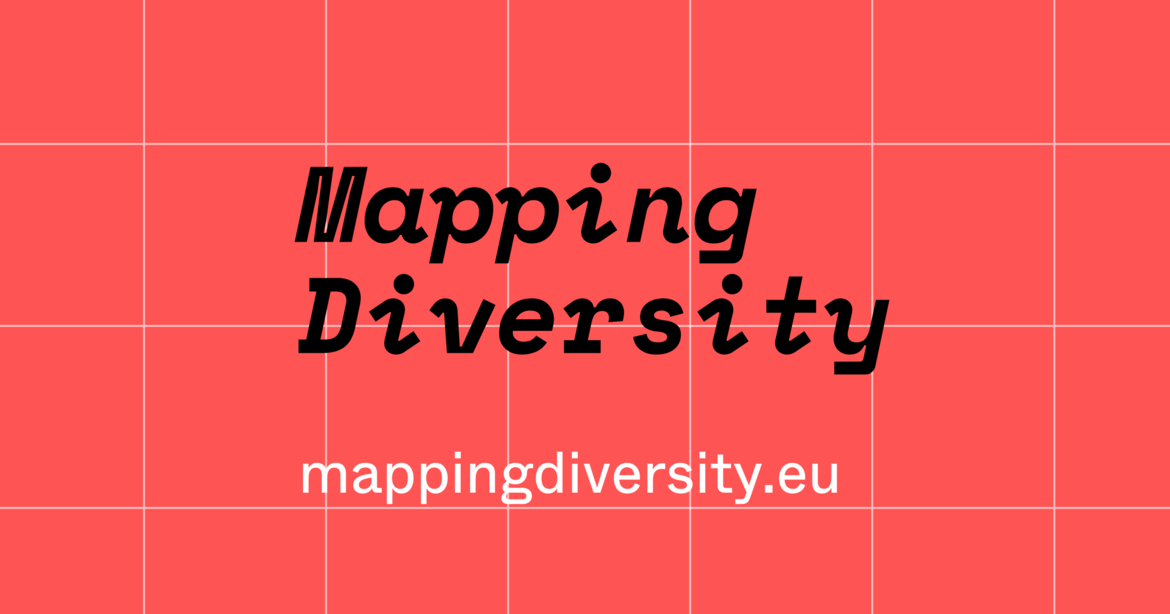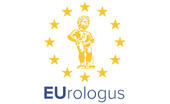Mapping Diversity
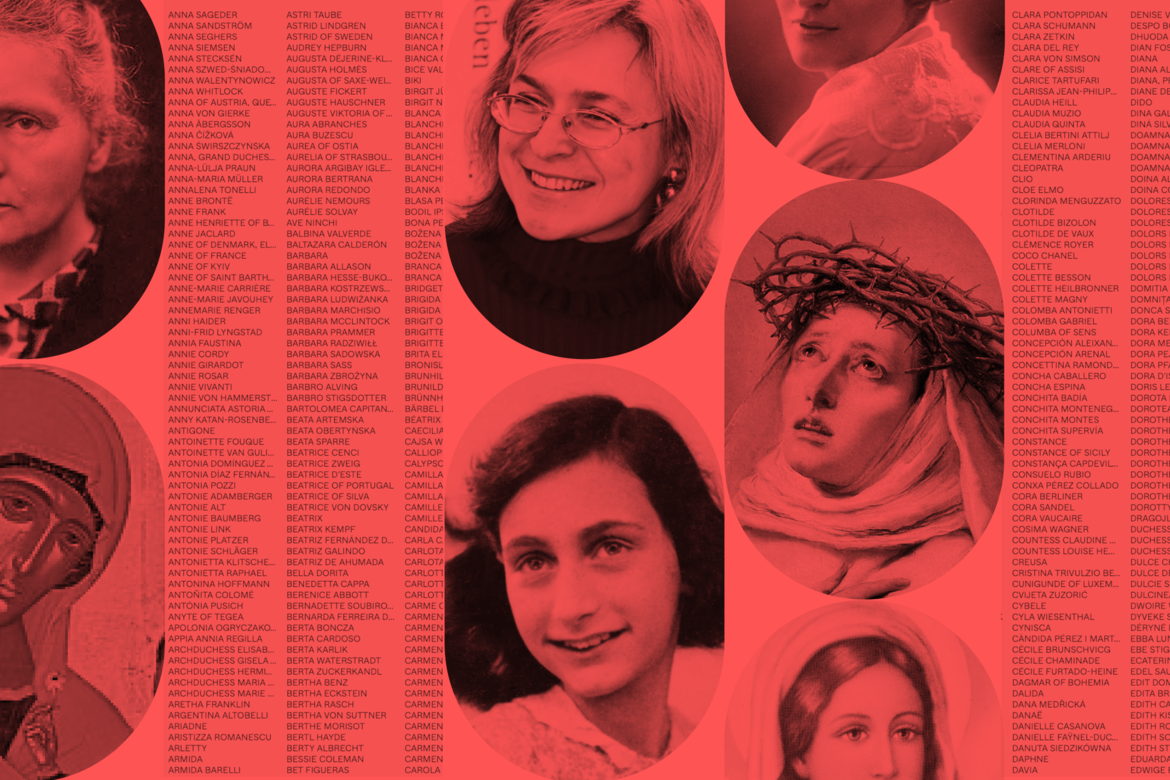
The-gender-gap-in-Europe-s-street-names-is-here-to-stay_imagefullwide (2)
Mapping Diversity is a platform for discovering key facts about diversity and representation in street names across Europe, and to spark a debate about who is missing from our urban spaces.
We looked at the names of 145,933 streets across 30 major European cities, located in 17 different countries. More than 90% of the streets named after individuals are dedicated to white men. Where did all the other inhabitants of Europe end up? The lack of diversity in toponymy speaks volumes about our past and contributes to shaping Europe’s present and future.
Main findings:
- More than 90% of the streets named after individuals in the 30 European cities we analysed are dedicated to men, only 9% after women.
- There is broad variability between cities, although none come close to any kind of gender equality in street names. Stockholm tops the ranking with 19.5% of its streets named after women, followed by Copenhagen (13.4%) and Berlin (12.1%). Debrecen, with 2.7%, has the lowest share of streets honouring women, at least among the cities monitored so far: it sits at the bottom of the ranking, preceded by Prague (4.3%) and Athens (4.5%).
- The majority of street names in European cities are dedicated to people who lived in the 19th and 20th centuries. Out of the 41,000 individuals we identified, 12,000 were alive in 1910.
- No municipality has come close to closing the gender gap: Amsterdam, Berlin, Milan, and Valencia, for instance, continued to dedicate more streets to men than women in the years between 2012 and 2022.
- Just 6 out of the 100 most popular figures in the street names of 15 European capitals are women.
Explore the platform:
Other stories
A third of Budapest’s 8,598 streets and squares have been renamed at least once in their history. A third of those now bear the name of a real or fictitious person, the most popular being Attila József. A look at the reasons for renaming and the issues of political memory they highlight.
February 7, 2024
Analysing street names in major European cities, it turns out that people of African and Asian descent are strongly underrepresented. Barely 0.1% of streets commemorate non-white personalities born outside Europe.
January 8, 2024
Only nine percent of the streets in 30 large European cities are named after women: a sign that women's contributions to the history of cities have been not just forgotten, but erased. A municipal committee in Croatia’s capital, Zagreb, wants to change the situation, but a series of obstacles is slowing down progress.
July 26, 2023
About 500 streets in Kyiv have been renamed since 2014 – many of them changed their name after the military aggression by Russia in 2022. Ukrainian and Western history and figures have now taken the place of Soviet or Russian ones.
March 17, 2023
Only a handful of streets in Italy’s major cities are dedicated to women. And those women are mostly religious figures.
March 9, 2023
We have compiled a ranking of the 100 men and women that appear most frequently in the toponyms of 15 European capitals. There’s a lot of saints and white men from the 19th and 20th century, but there’s also quite a few actresses and female Nobel laureates.
March 6, 2023
Of the Prague streets named after famous people, less than 5 percent bear the names of women. Diversity is also lacking in terms of the nationalities represented and the periods in which the personalities lived. These days, the city’s local-history commission encourages neutral names – but neutrality is an illusion.
March 6, 2023
In 30 of Europe's biggest cities, streets named after women make up only 9 per cent of the streets dedicated to individuals. The imbalance has started to narrow in some places, but progress is too slow: at this rate, it would take centuries to really close the gap.
March 6, 2023
A pilot project analysing the gender ratio in street names in Italy's 21 regional capitals. The idea is to replicate similar analyses for other countries or topics related to street names in the future.
July 21, 2021
The data unit
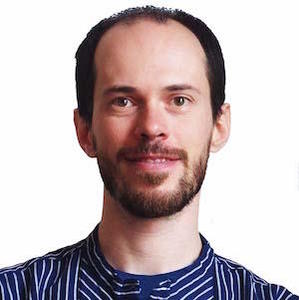 Lorenzo Ferrari (OBC Transeuropa, coordinator) heads the data team at Osservatorio Balcani e Caucaso Transeuropa and is the editorial coordinator of EDJNet. He has a PhD in the history of European integration and has published a couple of books.
Lorenzo Ferrari (OBC Transeuropa, coordinator) heads the data team at Osservatorio Balcani e Caucaso Transeuropa and is the editorial coordinator of EDJNet. He has a PhD in the history of European integration and has published a couple of books.

